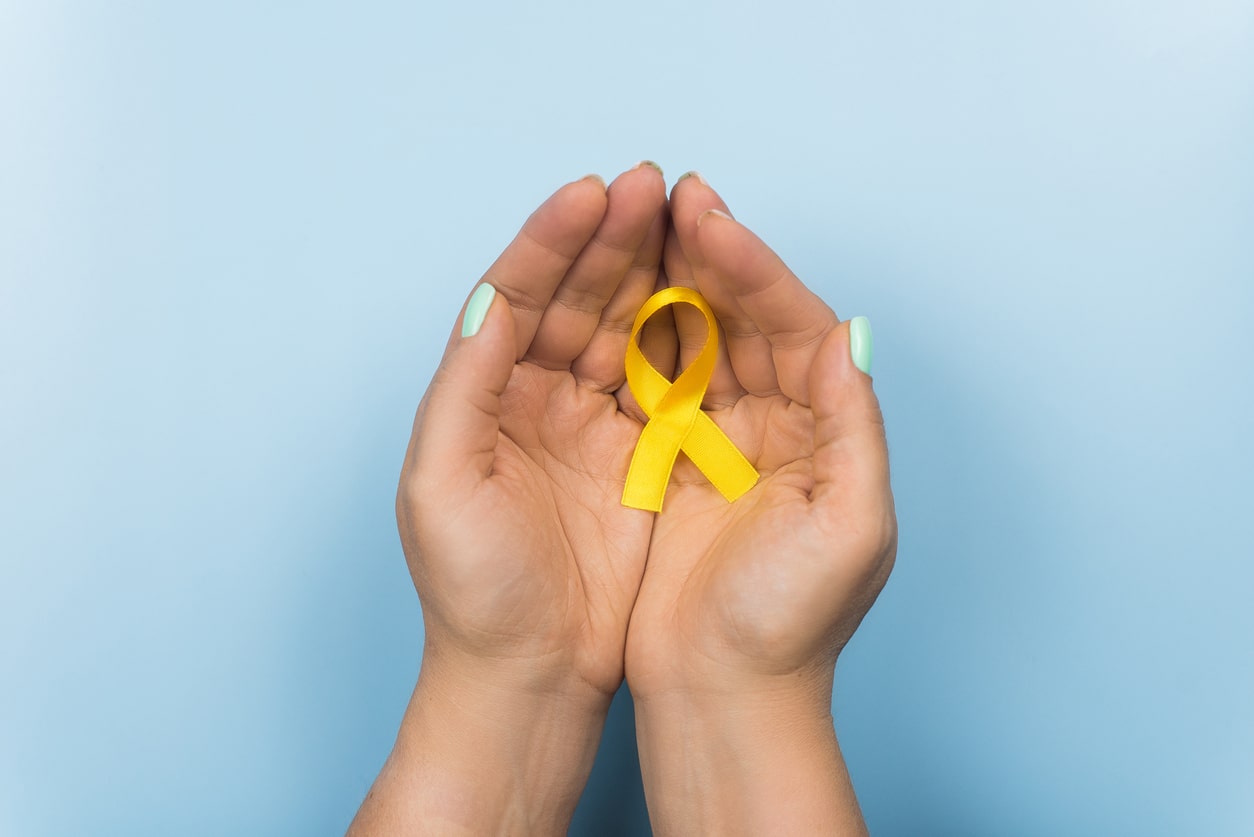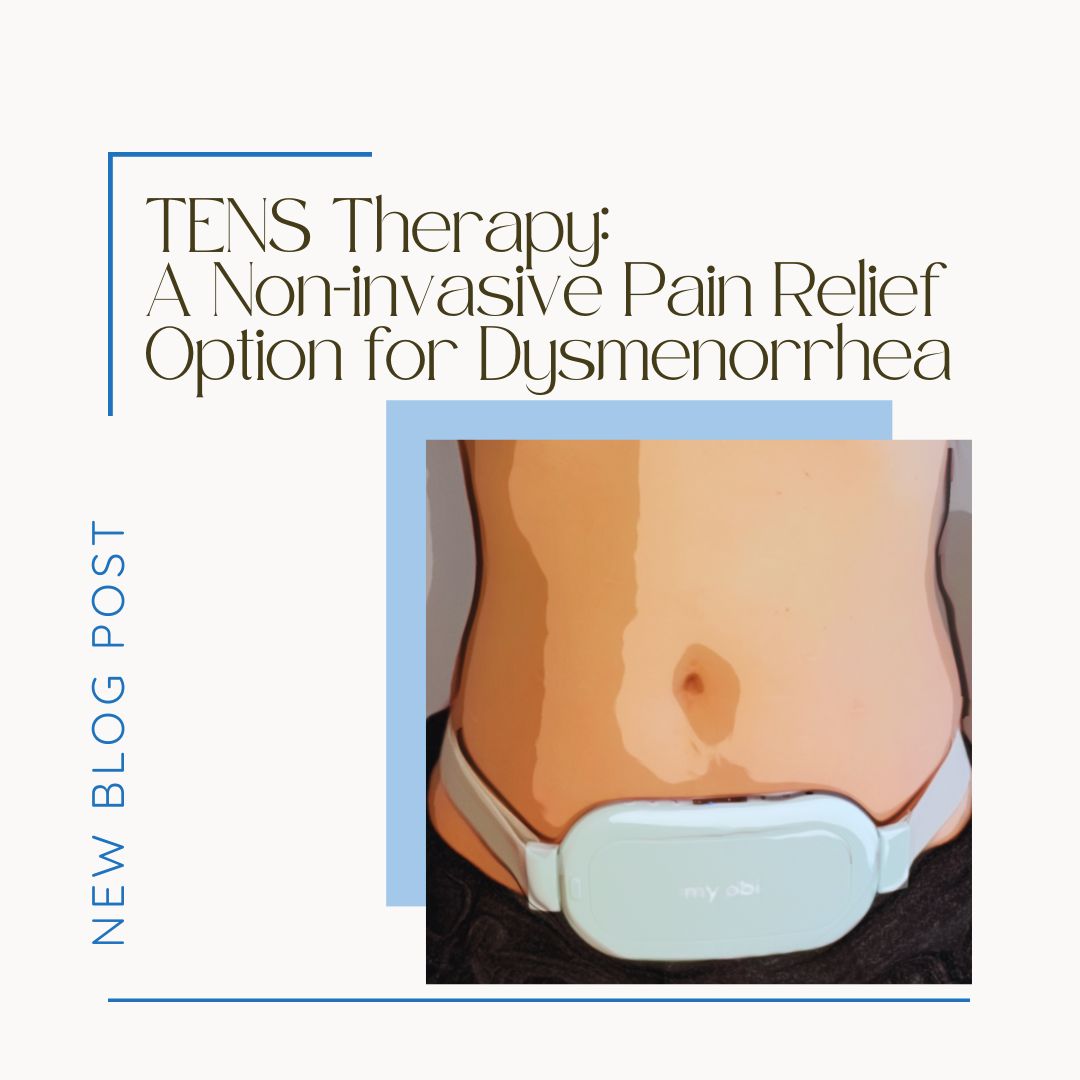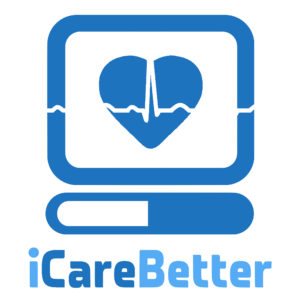
iCareBetter Launches Center For Endometriosis Long-Term Care

Complementary Endometriosis Therapy Related to Pelvic Pain
Endometriosis, a medical condition that affects nearly one in ten women worldwide, is characterized by persistent pelvic pain that can significantly hamper their quality of life. While we await more research in diagnosing endometriosis and effective non-hormonal treatments, not to mention better research regarding excision surgery and improved access to care, it is crucial that patients have access to effective pain management strategies. Complementary therapies offer promising avenues for managing pelvic pain resulting from endometriosis, providing patients with a sense of control and agency in their own treatment. This article will delve into these natural therapies, offering a comprehensive guide to several popular and easily accessible options.These natural therapies include Transcutaneous Electrical Nerve Stimulation (TENS) units, dietary changes, Cannabidiol (CBD), turmeric, meditation, yoga, and acupuncture. While these therapies show promise, more research is needed to fully understand their efficacy and mechanisms of action.
The Pain Experience in Endometriosis
Understanding the pain associated with endometriosis is complex. It’s believed to be multifaceted, involving nociceptive, inflammatory, and neuropathic components. Endometriosis lesions can cause mechanical pain through compression and infiltration of nerves, and the chronic inflammatory state associated with the condition can lead to elevated levels of inflammatory cytokines and markers. Neuropathic pain can result from damage to neurons, as well as from central sensitization of pain in the central nervous system.
Pain from endometriosis can wax and wane, presenting in “flares” of variable duration that can significantly impact patients’ lives, often requiring increased pain medication. Those with endo may have cyclical or non-cyclical pain, and many people suffer from ovulation pain, which you can read more about here.
Self-management, involving active participation in managing one’s chronic condition, has been associated with improved knowledge and self-efficacy, and can be particularly important during times of isolation and distancing, such as during a pandemic.
Transcutaneous Electrical Nerve Stimulator (TENS)
TENS units are handheld devices that deliver small electrical pulses to the body, providing a form of pain relief. These units work by the Gate Control theory, inhibiting the transmission of pain through smaller nerve fibers. They offer a patient-controlled, non-pharmacological option for pain management that is readily accessible and inexpensive.
Research has shown TENS units to be well-tolerated, with minimal side effects, and effective in reducing pain. Patients have reported significant decreases in pain scores and reduced need for pain medication with TENS unit use. While most studies have focused on the effectiveness of TENS for primary dysmenorrhea, there is a need for more research to understand its applicability to patients with endometriosis. If you are interested in learning more about TENS therapy, and the Apollo TENS, check out our recent blog here.
Dietary Modifications
Diet can play an essential role in managing endometriosis symptoms and is an important aspect when it comes to gastrointestinal symptoms. Certain nutritional deficiencies can contribute to metabolic changes that increase oxidative stress and epigenetic abnormalities, potentially exacerbating the condition. A balanced diet rich in specific nutrients such as folic acid, methionine, zinc, vitamins B12, B6, A, C, and E can help prevent these negative impacts.
Conversely, certain foods, such as red meat and processed foods, have been associated with increased inflammation and the development of endometriosis. Consuming foods rich in omega-3 fatty acids, such as fish oil, and foods containing polyphenols, like citrus fruits, apples, green tea, olive oil, and chocolate, may help prevent and improve inflammatory markers and in turn, modulate disease progression. It is important to note that there is currently no specific guidance on the optimal diet for endometriosis, and more research is needed to establish evidence-based dietary recommendations. Of course, we understand that there may be overlapping conditions that impact the tolerance of these foods in people with endometriosis and it is important to work with a trained provider for individualized recommendations.
Cannabidiol (CBD)
CBD, a cannabinoid derived from the cannabis plant, has been gaining attention for its potential health benefits and its role in pain management. The endocannabinoid system, which CBD impacts, has direct effects on various physiological functions, including pain perception and inflammation. CBD is generally well-tolerated, with side effects including decreased appetite, fatigue, sleep disturbances, gastrointestinal upset, and hypersensitivity reactions. While there are no published randomized control trials of CBD use in endometriosis, surveys show a positive impact on endometriosis pain, and anecdotal evidence suggests it may be a useful adjunctive treatment.
Turmeric
Turmeric, a spice derived from the curcuma longa plant, has been used for centuries for its medicinal properties. Its active ingredient, curcumin, has anti-inflammatory properties and has been shown in animal studies to have potential therapeutic effects against endometriosis.
While the benefits of turmeric for endometriosis are not well-studied, no harmful side effects have been reported with supplementation. More research is needed to determine the optimal dosage for managing endometriosis symptoms.
Meditation
Meditation, specifically mindfulness meditation, has been associated with improved outcomes in chronic pain syndromes. It involves focusing on the present and cultivating an attitude of acceptance and non-judgment, which can help manage the stress and psychological comorbidities often associated with chronic pain conditions like endometriosis.
Research has shown that meditation can significantly improve pain catastrophizing scores, suggesting a beneficial effect on pain perceptions. However, more studies are needed to confirm its effectiveness and to understand how best to integrate it into treatment plans for endometriosis.
Yoga
Yoga, a mind-body intervention, has been reported to improve pain and quality of life in patients with endometriosis. While research on the efficacy of yoga for endometriosis management is limited, preliminary studies suggest it may provide beneficial effects. However, more research is needed to understand the specific mechanisms by which yoga may alleviate endometriosis-related pain and to determine the optimal type and duration of yoga practice for maximum benefit.
Acupuncture
Acupuncture, a component of Traditional Chinese Medicine, involves the insertion of thin needles into specific points on the body. It has been used as a complementary therapy in endometriosis management, with studies showing a small but overall positive effect on endometriosis symptoms. To read more about the impact of acupuncture on endometriosis, read our blog here: Acupuncture: An Underexplored Solution for Endometriosis Pain.
Conclusion
Complementary therapies offer promising options for managing endometriosis-related pelvic pain. While more research is needed to validate and understand their effectiveness fully, they provide patients with accessible, patient-controlled strategies for managing their pain. By incorporating these therapies into their treatment plans, patients can take an active role in managing their condition, improving their quality of life, and gaining a sense of control over their health. You can read more about integrative therapies for endometriosis here.
References:
- Li, Linda ; Lou, Kristie ; Chu, Amanda et al. / Complementary therapy for endometriosis related pelvic pain. In: Journal of Endometriosis and Pelvic Pain Disorders. 2023 ; Vol. 15, No. 1. pp. 34-43.

TENS Therapy: A Non-invasive Pain Relief Option for Dysmenorrhea
Dysmenorrhea and endometriosis are two common health issues that many women face. These conditions often cause severe pelvic pain, disrupting everyday life. Pain relief for these conditions traditionally involves medication whether it be oral contraceptive pills or other hormonal suppressive medications or non-steroidal anti-inflammatory medications, which can sometimes lead to unwanted side effects. In many cases, those with endometriosis need additional support as these are not always effective. While excision surgery should be discussed, even those who have had successful surgeries continue to have persistent pain. Conditions such as dysmenorrhea, adenomyosis, and endometriosis can all contribute to persistent pain. Our blog titled Endometriosis and Adenomyosis: Decoding Their Contribution To Pelvic Pain helps explain these connections.
Modalities do exist that can be helpful for some, with a low side-effect profile. One particular modality of interest has been various Transcutaneous Electrical Nerve Stimulation (TENS) devices, and there have been improvements in these devices especially for those with dysmenorrhea also known as painful periods. One device that we are fond of is the Apollo from My Obi.
What is TENS Therapy?
TENS therapy is a pain management technique that uses low-voltage electrical currents to alleviate pain. It’s a non-invasive treatment that doesn’t involve medication, making it an attractive option for those who experience side effects from traditional pain relief methods.
How Does TENS Therapy Work?
TENS therapy functions by sending electrical currents through the skin to stimulate the nerves. These currents trigger the production of endorphins, the body’s natural painkillers, and block the pain signals from reaching the brain. The intensity and duration of the current can be adjusted to suit individual needs and pain tolerance.
Operation of TENS Devices
TENS devices, such as the Apollo belt and the OVA device, are designed to be user-friendly. They are lightweight and can be clipped onto clothing, allowing users to continue with their daily activities while receiving treatment. The devices come with preset programmes, which the user can select and adjust according to their comfort level.
Benefits of TENS Therapy
TENS therapy offers numerous benefits, especially for women suffering from dysmenorrhea and endometriosis. They are often readily available and affordable, some devices offer a heating option as well!
Non-pharmacological Treatment Option
One of the main advantages of TENS therapy is that it’s a non-pharmacological treatment. It doesn’t involve medication, reducing the risk of side effects or interactions with other drugs.
Increased Blood Flow
TENS therapy can also increase blood flow to the abdomen. This improved circulation helps to reduce inflammation and swelling, further relieving pelvic pain.
User-Controlled
TENS therapy is controlled by the user. This means the intensity and duration of treatment can be adjusted to suit individual needs and pain levels.
Effectiveness of TENS Therapy for Period Pain and Endometriosis
Several studies support the use of TENS therapy for period pain and endometriosis. A review of these studies found TENS therapy to be effective in reducing pain in women with primary and secondary dysmenorrhea. In terms of endometriosis, TENS therapy may offer a viable treatment option, although more research is needed in this area.
Side Effects and Contraindications
TENS therapy is generally safe with few side effects. However, it may not be suitable for everyone. For instance, people with heart conditions or those with a pacemaker should avoid TENS therapy. It’s always best to consult with a healthcare professional before starting any new treatment.
Summary
TENS therapy provides a non-invasive, user-controlled, and effective pain relief solution for dysmenorrhea and endometriosis. It increases blood flow and stimulates the production of endorphins. Moreover, it’s a non-pharmacological treatment, making it an attractive option for those who experience side effects from traditional pain relief methods. However, it’s always best to consult with a healthcare professional before starting any new treatment.
The potential of TENS therapy is promising, and further research could unlock more benefits for women suffering from pelvic pain. By exploring alternative treatments like TENS therapy, we can continue to improve the quality of life for those affected by conditions like dysmenorrhea and endometriosis. If you suffer from pelvic pain or dysmenorrhea you may want to seek help from a specialist, not sure? Read about the signs and symptoms that warrant help here!
References:
Schiotz, H. A., Jettestad, M., & Al-Heeti, D. (2007). Treatment of dysmenorrhoea with a new TENS device (OVA). J Obstet Gynaecol, 27(7), 726-728.

Acupuncture: An Underexplored Solution for Endometriosis Pain
Endometriosis is a complex, multifaceted health condition that predominantly affects women of reproductive age. Characterized by the growth of endometrial-like tissue outside the uterus, this condition can lead to chronic pelvic pain, dysmenorrhea, and infertility, significantly impacting the quality of life. Today’s treatment is limited to expert surgical excision and hormonal manipulation, with variable success. In recent years, acupuncture has gained attention as a potential complementary treatment for endometriosis-related pain. This ancient Chinese technique may hold promise for providing effective pain relief and enhancing overall well-being.
Understanding Endometriosis
Endometriosis is an estrogen-dependent, inflammatory gynecological disorder that can lead to chronic visceral pelvic pain and infertility. This condition is believed to affect approximately 10% to 15% of women during their reproductive years, causing symptoms such as chronic pelvic pain, deep dyspareunia, dysmenorrhea, dyschezia, dysuria, and more. It is theorized that endometriosis-related changes might be a result of alterations in the peripheral and central nervous systems, predisposing affected individuals to other long-lasting pain conditions.
Despite the availability of hormonal, pharmacological and surgical treatments, many of these interventions fail to sufficiently address the perceived pain. Moreover, they often come with significant side effects, presenting an additional burden of symptoms and potential for harm.
Read more: 20 Signs and Symptoms of Endometriosis.
Read more: What causes endometriosis?
The Science of Acupuncture:
Acupuncture is a traditional Chinese medicine technique that involves inserting thin needles into specific points on the body to balance the flow of energy or “Qi”. It has been used for centuries to treat various conditions, including pain and inflammation. The modern science corollary is that acupuncture may work by stimulating nerves, muscles, and connective tissues, which increases blood flow and activates the body’s natural painkillers. While this modern evidence supports the use of acupuncture it is important to keep in mind that energy medicine is quite poorly understood. Acupuncture is an ancient form of energy medicine. A lot more research is mandated to understand how this truly works and how it might be improved or adjusted on an individual basis.
Acupuncture and Endometriosis:
Pain Relief:
For endometriosis sufferers, the most significant benefit of acupuncture is pain relief. A study by Wayne et al. (2008) revealed that acupuncture significantly reduces pelvic pain, dysmenorrhea, and discomfort associated with endometriosis, enhancing the quality of life. The modern medicine mechanisms underlying this pain relief are thought to be related to the release of endorphins, the body’s natural painkillers, and the reduction of inflammatory markers.
Hormonal Balance:
Endometriosis is often associated with hormonal imbalances, particularly an excess of estrogen. Acupuncture is believed to modulate hormonal levels by impacting the hypothalamus-pituitary-ovarian (HPO) axis, which plays a crucial role in regulating reproductive hormones. A harmonious hormonal balance can help in managing endometriosis symptoms and reducing the progression of endometrial lesions. However, most studies show that acupuncture increases estrogen levels. So, this is a bit contradictory other than to say that other acupuncture-induced mechanisms influencing hormonal balance and homeostasis may be in play.
Improved Blood Flow:
Acupuncture is known to enhance blood circulation to the pelvic area, which can be beneficial for endometriosis patients. Improved blood flow can help reduce inflammation and promote the healing of endometrial lesions. This enhanced circulation can also alleviate the ischemia and hypoxia conditions commonly found in endometriotic tissues, potentially reducing the development of new lesions.
Reduced Stress and Anxiety:
Living with chronic pain and other symptoms of endometriosis can lead to increased stress and anxiety. Acupuncture is reputed to mitigate stress and anxiety by modulating the activity of the amygdala and other brain regions associated with emotion regulation, promoting relaxation and mental well-being.
Empirical Evidence:
Several studies and clinical trials have substantiated the efficacy of acupuncture in managing endometriosis symptoms. A systematic review by Zhu et al. (2011) concluded that acupuncture could be considered an effective and safe alternative for relieving endometriosis-related pain. Another study by Rubi-Klein et al. (2010) demonstrated that acupuncture reduces the severity and duration of pain during menstruation in women with endometriosis.
Integration with Conventional Treatment:
While acupuncture demonstrates the potential to alleviate endometriosis symptoms, it is crucial to view it as a complementary therapy. It is not a standalone treatment option for endo. Integrating acupuncture with conventional medical treatments, such as hormonal therapy, non-narcotic pharmaceuticals, and excisional surgery, can offer a holistic approach to managing endometriosis. This integrative approach can address both the physiological symptoms and the psychological stress associated with the condition, improving the overall quality of life for patients.
Read more: Integrative Therapies for Endometriosis
Limitations and Considerations:
While acupuncture offers promising benefits for endometriosis, limitations exist, including the variability in acupuncture techniques and the lack of standardized treatment protocols. Moreover, the effectiveness of acupuncture may be influenced by individual differences, necessitating personalized treatment plans. It is essential for patients to consult with experts in this field to determine the appropriateness of acupuncture based on their medical history and specific circumstances.
Conclusions:
Acupuncture emerges as a valuable complementary therapy for endometriosis, offering relief from pain, hormonal balance, improved blood flow, and reduced stress and anxiety. Empirical evidence substantiates its efficacy, and integrating it with conventional treatments can provide a comprehensive approach to managing endometriosis. However, individual variability and the lack of standardized protocols necessitate personalized treatment plans and consultation with experts in acupuncture as well as endo specialists. As research continues to unravel the mechanisms underlying acupuncture’s therapeutic effects, it holds the promise of enhancing the quality of life for individuals grappling with endometriosis.
References:
Wayne, P.M., et al. (2008). Acupuncture for pelvic and back pain in pregnancy: a systematic review. American Journal of Obstetrics & Gynecology, 198(3), 254-259.
Zhu, X., et al. (2011). Acupuncture for pain in endometriosis. Cochrane Database of Systematic Reviews, (9), CD007864.
Rubi-Klein, K., et al. (2010). Is acupuncture in addition to conventional medicine effective as pain treatment for endometriosis? A randomised controlled cross-over trial. European Journal of Obstetrics & Gynecology and Reproductive Biology, 153(1), 90-93.
Lund I, Lundeberg T (2016). Is acupuncture effective in the treatment of pain in endometriosis? J Pain Res; 9: 157–165.


